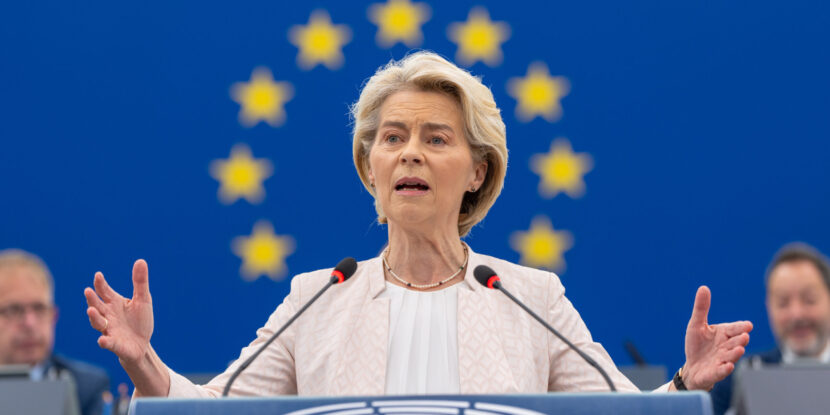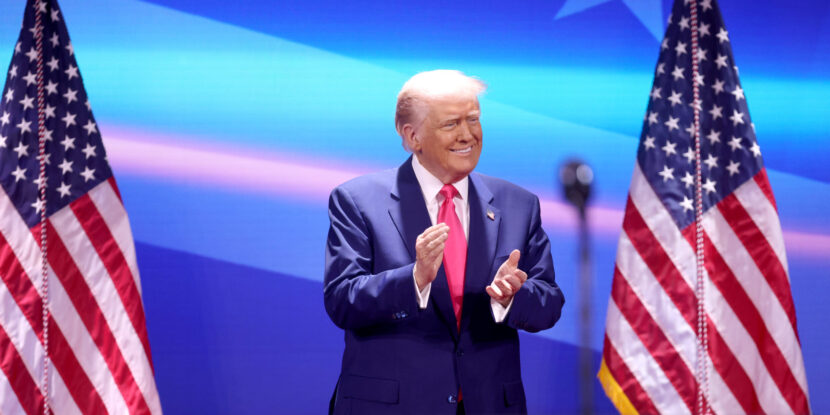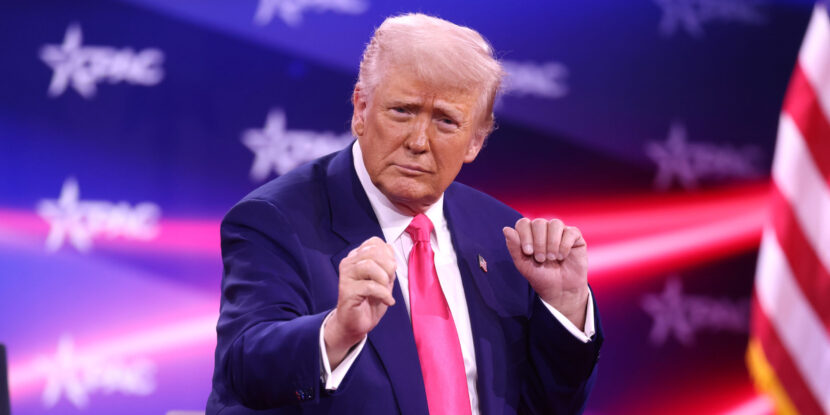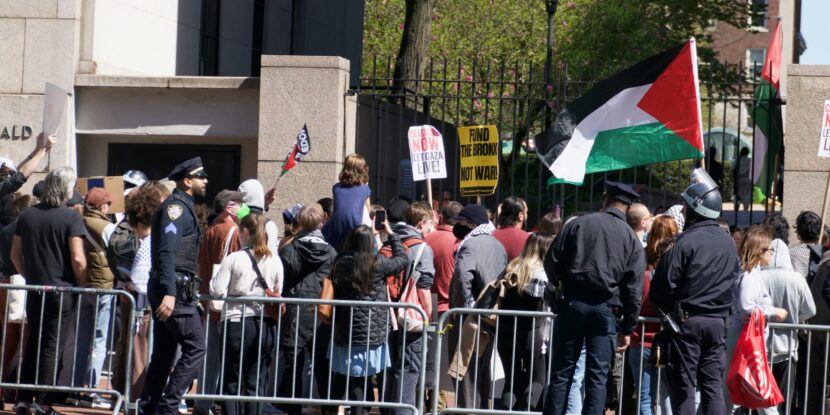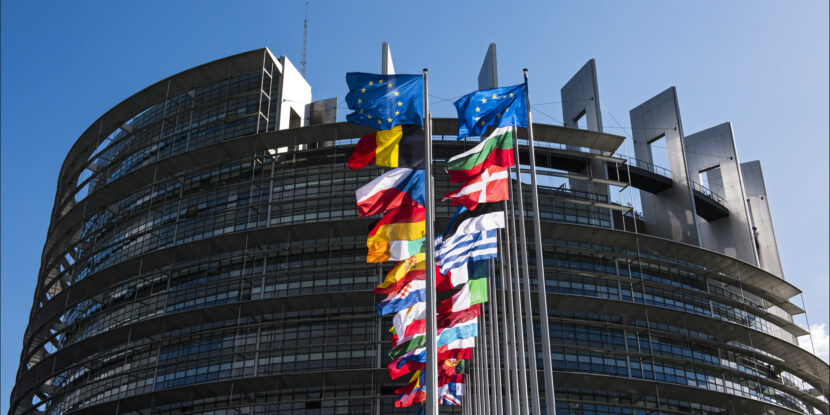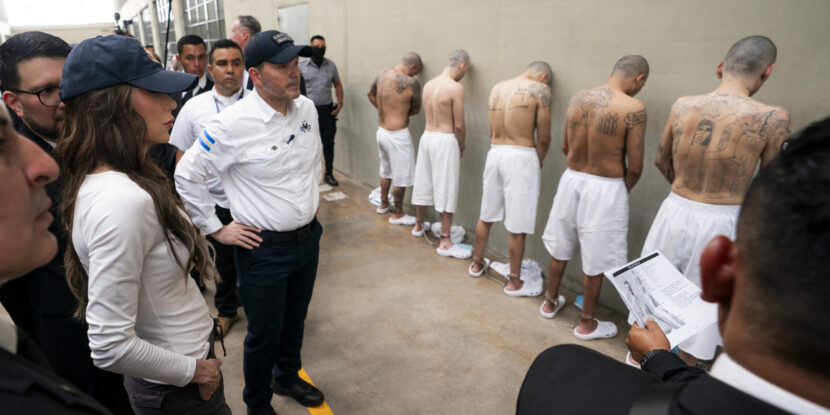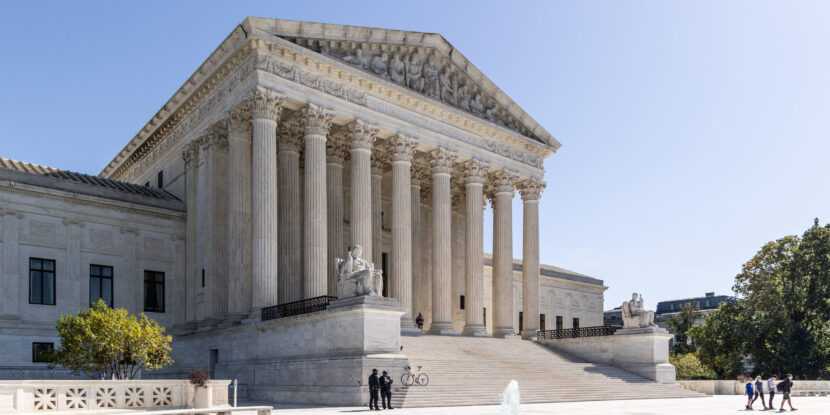PULSE POINTS:
❓What Happened: The European Union (EU) has suspended its planned retaliatory tariffs against the United States to pursue trade negotiations.
👥 Who’s Involved: European Union, European Commission President Ursula von der Leyen, U.S. President Donald Trump.
📍 Where & When: Announcement made in Brussels, April 7, 2025.
💬 Key Quote: Ursula von der Leyen stated, “We want to give negotiations a chance.”
⚠️ Impact: The 90-day suspension aims to facilitate a trade agreement, which could end U.S. reciprocal tariffs against the EU and dissuade the EU from retaliating.
IN FULL:
The European Union (EU) has backed down from its planned retaliatory tariffs against U.S. goods, to allow time for trade negotiations. This follows President Donald J. Trump’s announcement of a 90-day reduction of his April 2 “Liberation Day” tariffs against most countries to 10 percent while talks proceed.
President Trump initially imposed a 20 percent reciprocal tariff rate on the EU, higher than the 10 percent imposed on the likes of the United Kingdom but below some other countries, with the highest reciprocal tariff standing at 50 percent. All reciprocal tariffs have now been reduced to the 10 percent base rate—except for China, which faces a total tariff of 125 percent after retaliating against the U.S.
EU Commission President Ursula von der Leyen confirmed on Thursday that the EU had backed down from its own retaliatory tariffs, emphasizing a preference for diplomacy over trade conflict. This followed the White House issuing a statement declaring, “DO NOT RETALIATE AND YOU WILL BE REWARDED!”
Notably, the EU’s limited response, targeting specific U.S. goods such as orange juice and motorcycles, was not a response to the 20 percent reciprocal tariff, but to earlier, sector-specific tariffs President Trump imposed on products such as steel—which are unaffected by his 90-day reciprocal tariff reduction.
DO NOT RETALIATE AND YOU WILL BE REWARDED
— The White House (@WhiteHouse) April 9, 2025
Image: European Union 2023 – Source: EP.
show less